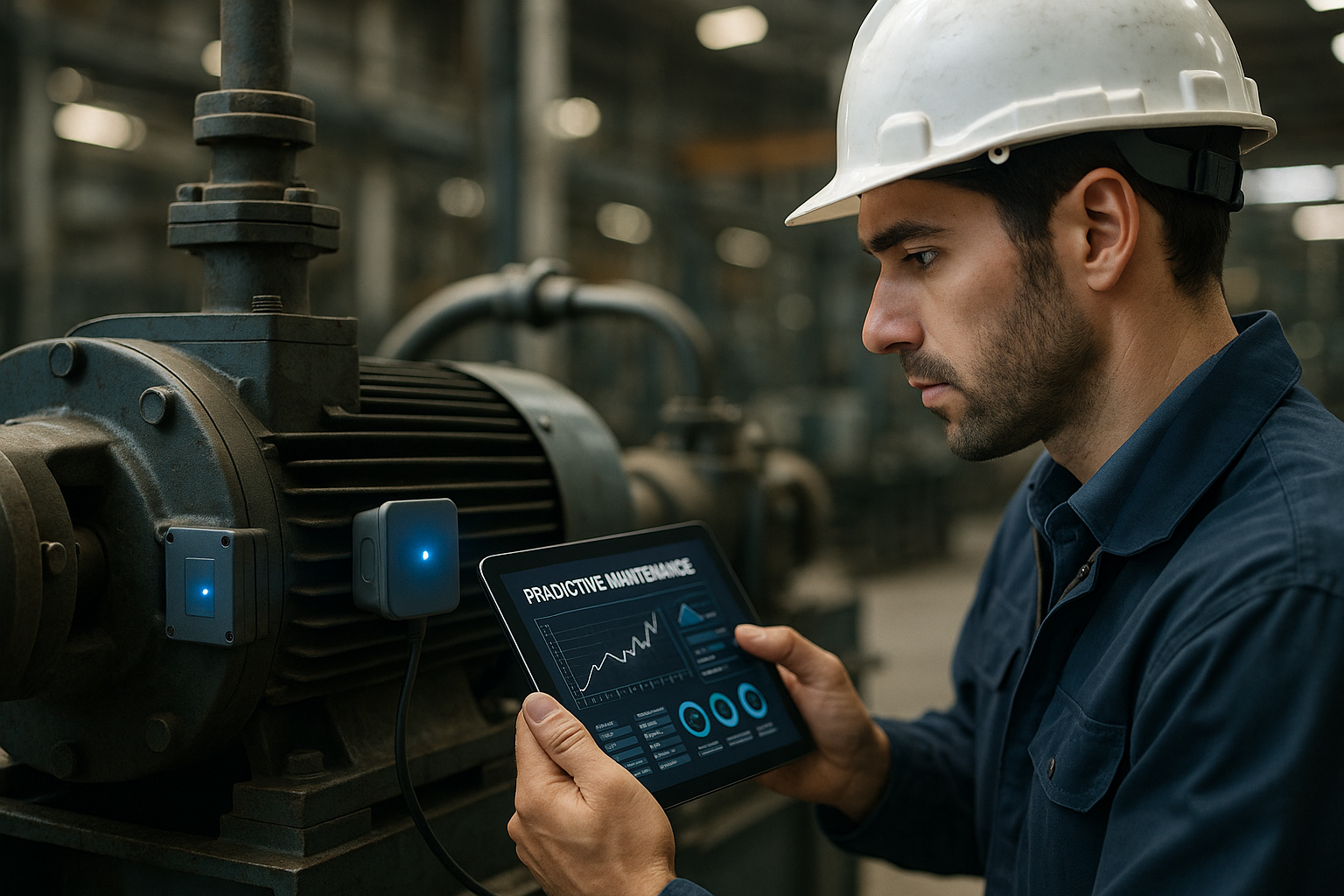Integrating robotics to improve production flexibility
Integrating robotics into production lines can increase adaptability to changing demand, reduce cycle times, and support more modular manufacturing layouts. This article outlines practical steps and technology considerations for companies worldwide seeking to use robotics alongside IoT, digitization, and sustainability goals to enhance production flexibility without disrupting operations.

Integrating robotics into modern production systems is about more than replacing manual labor: it reshapes workflows, data flows, and business resilience. When done carefully, robotics enables faster changeovers, more predictable throughput, and the capacity to scale production up or down in response to demand. To achieve these outcomes, manufacturers must align automation investments with digital systems, energy strategies, and workforce planning so robotics becomes a lever for flexibility rather than a fixed constraint.
How automation boosts production flexibility
Automation makes repeatable tasks faster and more consistent, which frees human operators to focus on exception handling and process improvement. Flexible automation approaches — such as modular cells, collaborative robots (cobots), and configurable end-of-arm tooling — let manufacturers reconfigure lines for different products with less downtime. Software-driven automation, including model-based control and programmable logic, supports faster changeover by enabling recipe or sequence changes without mechanically altering equipment. The key is designing for modularity from the start, using standardized interfaces so automated components can be swapped or retasked as product mixes evolve.
What role do robotics play in adaptable workflows
Robots provide precision and repeatability that improve yields and reduce variation, particularly in assembly, material handling, and inspection. For flexibility, choose robot systems that support quick redeployment: mobile robots for intra-factory logistics, articulated arms with multi-flange mounting, or cobots that can be moved by operators without lengthy recalibration. Integrating vision systems and adaptive control lets robots handle product tolerances and minor variant differences, expanding the range of tasks a single robotic cell can perform. Planning for safety and human-robot interaction is also essential to preserve agility while maintaining risk controls.
How can IoT and digitization enable flexible production
IoT sensors and digitization turn machines and robots into data sources, enabling condition-based decisions and dynamic scheduling. Real-time data on tool wear, cycle time, and part quality allows production planners to reassign tasks or adjust line speeds proactively. Digital twins replicate plant behavior and let teams simulate layout changes or new product introductions before committing physical resources. When robotics, MES (manufacturing execution systems), and ERP systems are integrated via open APIs or middleware, rerouting production and managing variant SKUs becomes a software-driven process rather than a manual reconfiguration.
How sustainability and energy strategies intersect with robotics
Robotics can support sustainability goals by improving resource efficiency, reducing scrap, and enabling energy-optimized operations. Energy-aware scheduling can concentrate high-load tasks in periods of lower grid carbon intensity or cheaper tariffs. Robots with regenerative drives and intelligent power management reduce overall plant energy use compared to older automated equipment. Additionally, modular robotic cells allow phased deployment, which can spread capital expenditure and reduce waste from unnecessary overcapacity. Assessing life-cycle impacts of robotic deployments helps align flexibility gains with broader sustainability commitments.
How maintenance, digitization, and resilience work together
Predictive and condition-based maintenance extend equipment uptime, which directly supports production flexibility. Robots instrumented with vibration, temperature, and performance sensors feed analytics platforms that flag impending failures before they cause unscheduled downtime. Having standardized spare parts, remote diagnostics, and quick-swap tooling reduces repair lead time. Combining maintenance digitization with contingency plans — such as cross-trained operators and fall-back manual processes — strengthens resilience so production can adapt during supply chain disruptions or unexpected demand shifts.
How to align workforce, training, and change management
Successful robotics integration balances technical change with workforce development. Upskilling programs should target robot programming, system integration, and data interpretation rather than only maintenance tasks. Involving operators early in cell design and giving them tools for simple reconfiguration builds ownership and speeds transitions between product runs. Clear change-management practices, documented standard operating procedures for retooling, and collaborative safety assessments ensure that agility gains do not compromise employee safety or morale. A human-centered approach to automation increases the organization’s ability to adapt to future needs.
Production flexibility emerges from the combined effect of robotics, digitization, energy-aware operations, and a prepared workforce. By selecting modular automation, integrating IoT and digital twins, and investing in predictive maintenance and training, companies can respond faster to market changes, introduce new products with lower risk, and maintain steady quality and throughput. The objective is not to make decisions around robotics in isolation, but to treat it as a strategic element of a broader, adaptable production system that supports resilience and long-term efficiency.





